Foreign exchange reserves, often dubbed a nation’s "war chest" against economic instability, play a pivotal role in shaping global trade dynamics. These reserves—comprising foreign currencies, gold, and IMF Special Drawing Rights—act as both a shield and a signal. They buffer economies against currency crises, enable strategic interventions in forex markets, and influence investor confidence. Yet their volatility can send ripples across trade balances, altering export competitiveness, import capacities, and debt sustainability. From emerging markets hoarding dollars to advanced economies managing reserve diversification, the ebb and flow of these reserves reveal much about a country’s economic priorities and vulnerabilities. Understanding their impact on trade is essential in an era of geopolitical fragmentation and monetary policy experimentation.
The Currency Anchor: Stabilizing Exchange Rates for Trade
A primary function of foreign reserves is to stabilize exchange rates, directly affecting trade balances. When a country’s currency depreciates sharply, central banks deploy reserves to buy local currency, propping up its value. This prevents import costs from spiraling—critical for nations reliant on foreign energy, machinery, or food. Conversely, a weaker currency can boost exports by making goods cheaper abroad. China’s management of the yuan exemplifies this balance: by strategically selling or hoarding U.S. Treasuries, it mitigates excessive volatility that could disrupt its export machine. However, prolonged intervention drains reserves, as seen in Turkey’s 2018 crisis, where a $30 billion reserve spend failed to halt the lira’s collapse, forcing import cuts and trade deficits. For export-driven economies like Germany or Japan, reserve-backed stability ensures predictable pricing for manufacturers, but excessive strength can erode competitiveness—a dilemma Switzerland navigates by occasionally pegging the franc to the euro.
Import Capacity: Reserves as a Lifeline
Foreign reserves determine a nation’s ability to finance imports during shocks. Countries with robust reserves, like Singapore or Saudi Arabia, can sustain critical imports even during global commodity price spikes or supply chain disruptions. In contrast, nations with dwindling reserves face hard choices. Sri Lanka’s 2022 default stemmed partly from depleted reserves, which forced drastic import restrictions on fuel and medicine, paralyzing industries and worsening trade imbalances. Reserves also affect credit terms: suppliers demand upfront payments or higher premiums from countries with shaky reserve buffers, raising import costs. This dynamic creates a vicious cycle—higher import prices widen trade deficits, further depleting reserves. Emerging economies, particularly those reliant on dollar-denominated imports, face heightened vulnerability. India, for instance, maintains large reserves partly to hedge against oil price shocks, ensuring its trade deficit remains manageable despite volatile energy markets.
Export Competitiveness and the "Resource Curse"
Paradoxically, excessive reserves linked to commodity exports can distort trade balances. Nations like Russia or Nigeria accumulate reserves from oil sales, which strengthens their currencies (the "Dutch Disease"), making non-resource exports uncompetitive. Nigeria’s refineries and agriculture sectors atrophied as oil reserves inflated the naira, turning the country into a net importer of goods it once exported. Conversely, deliberate reserve diversification can rebalance trade. Chile’s copper-driven reserves are channeled into sovereign wealth funds, mitigating currency appreciation and fostering non-mining exports like wine and renewable tech. For manufacturing giants, reserves act as collateral to secure trade financing. South Korea’s export boom in semiconductors and EVs is underwritten by its $400 billion reserve pool, which reassures foreign buyers and financiers of payment security.
Debt Servicing and Trade Access
Foreign reserves are crucial for servicing external debt, which directly impacts trade. Countries with ample reserves can meet dollar-denominated debt obligations without sacrificing import budgets. Argentina’s chronic reserve shortages, however, force it to divert export earnings to debt repayment, starving industries of inputs and perpetuating trade deficits. Creditors monitor reserve levels to assess default risks; a downgrade in credit ratings raises borrowing costs, which can lead to austerity measures that suppress domestic demand for imports. Conversely, strategic reserve accumulation can unlock trade opportunities. Vietnam’s growing reserves (over $100 billion) have bolstered its creditworthiness, enabling infrastructure investments that streamline export logistics, from ports to highways.
Digital Currencies and the Future of Reserves
The rise of central bank digital currencies (CBDCs) and cryptocurrencies could redefine reserve dynamics. CBDCs may reduce reliance on traditional reserve currencies like the dollar by enabling direct, forex-free trade settlements. China’s digital yuan trials with ASEAN partners aim to bypass dollar dependency, potentially rebalancing regional trade. Cryptocurrencies, while volatile, offer nations like Venezuela or Iran a workaround to U.S.-dominated reserve systems, albeit at the cost of monetary control. Meanwhile, stablecoins pegged to commodities (e.g., oil-backed tokens) might emerge as alternative reserves, reshaping how trade deficits are financed.
Navigating the New Reserve Landscape
For policymakers, reserve management is a high-stakes balancing act. Diversifying reserves away from the dollar—as BRICS nations propose—could mitigate trade risks but invites currency volatility. Building reserves through export surpluses, as done by China and Germany, requires suppressing domestic consumption, a trade-off that fuels global imbalances. For businesses, reserve trends signal currency risks: a sudden drawdown may foreshadow import restrictions or capital controls. Individuals in emerging markets often hedge by holding hard currency, a grassroots response to reserve instability that further complicates national monetary policies.
Foreign exchange reserves are more than financial metrics—they are a barometer of trust in a nation’s economic governance. Their fluctuations expose the fragility of global trade systems, where confidence in fiat currencies underpins every transaction. As digital innovations and geopolitical shifts challenge the dollar’s hegemony, the role of reserves will evolve, but their essence remains: a bridge between national sovereignty and global interdependence. For nations, the lesson is clear: reserves are not just a safety net but a strategic tool, shaping trade destinies in calm and crisis alike. In the end, trade balances are not merely about goods and services, but about the invisible currency of credibility—a reserve no central bank can print, but all must earn.

By Emily Johnson/Apr 24, 2025

By Victoria Gonzalez/Apr 24, 2025
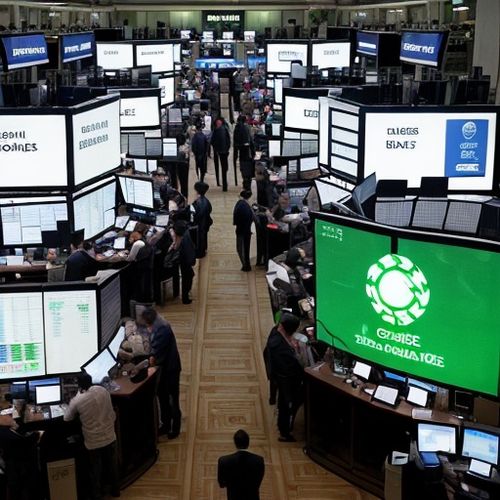
By Michael Brown/Apr 24, 2025

By David Anderson/Apr 24, 2025
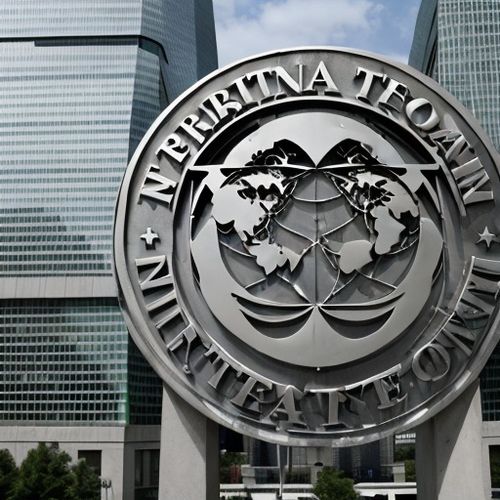
By Ryan Martin/Apr 24, 2025

By Victoria Gonzalez/Apr 10, 2025

By David Anderson/Apr 10, 2025
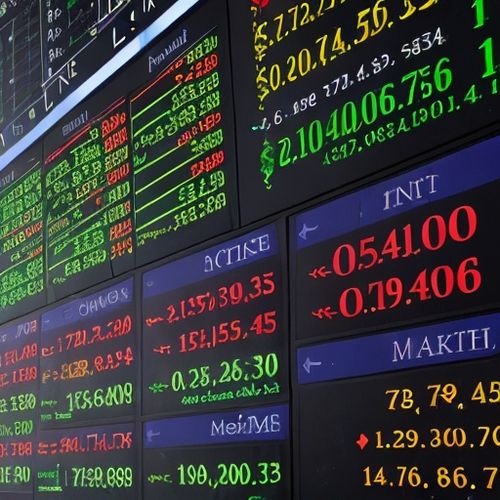
By Noah Bell/Apr 10, 2025

By Michael Brown/Apr 10, 2025

By James Moore/Mar 30, 2025
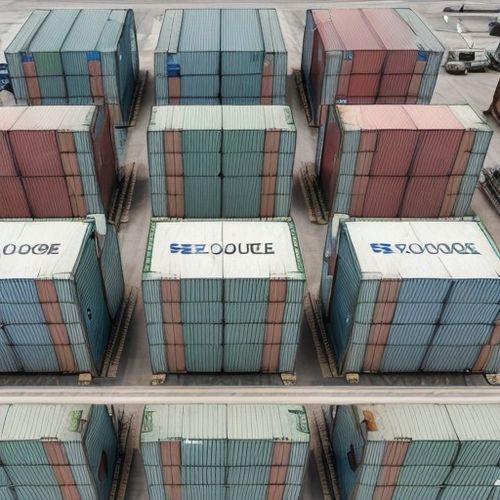
By Rebecca Stewart/Mar 30, 2025

By George Bailey/Mar 30, 2025
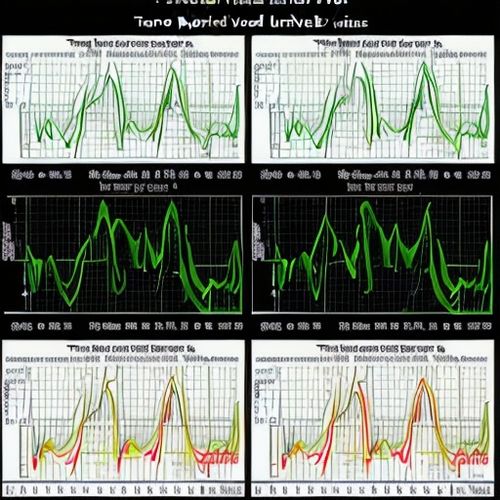
By Noah Bell/Mar 30, 2025
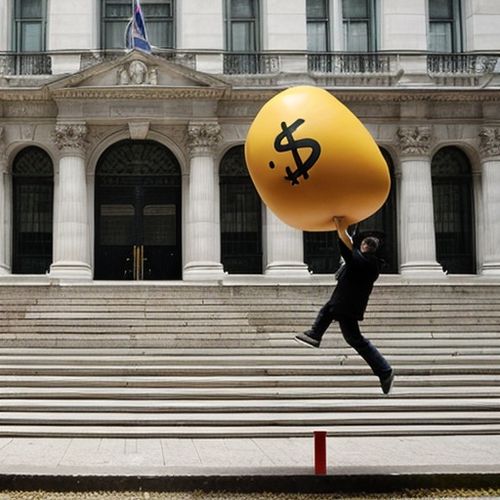
By Samuel Cooper/Mar 30, 2025
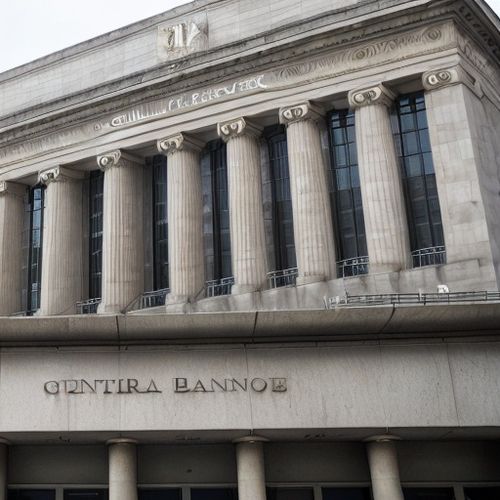
By Elizabeth Taylor/Mar 30, 2025